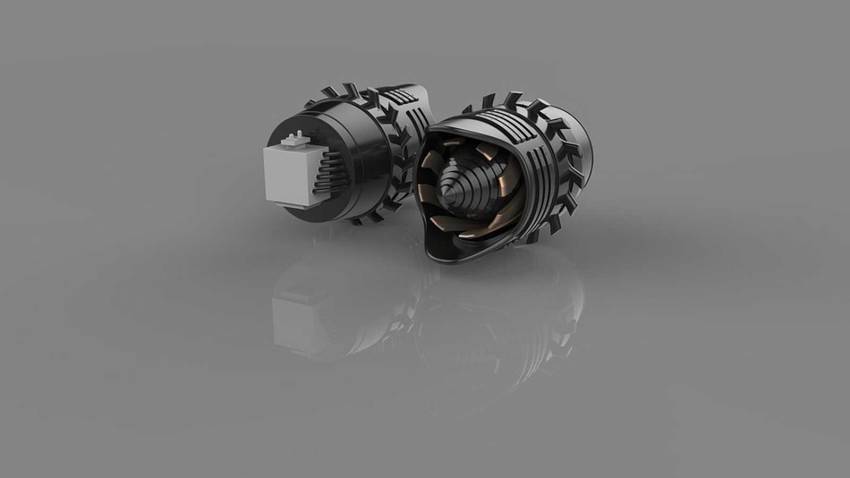A Brief Look at Motor Protection Relays

New Delhi : Motors are an integral part of daily life. They're used in cars, trains, elevators, power tools and many other applications. To protect these valuable motors from damage and ensure they run smoothly, manufacturers use motor protection relays (MPRs). These devices monitor a motor's operation so that it can respond to changes in load quickly and accurately. This article provides an overview of MPRs by explaining what they are and how they work.
What Is a Motor?
A motor is a type of electrical equipment that creates mechanical energy from electrical energy. This conversion results in the rotation of a shaft called the armature, which may be connected to machinery or machinery components.
Motors types:
• AC or DC motors (single phase and three phases)
• Synchronous or asynchronous motors
• Induction motors or permanent magnet motors
What Is a Motor Protection Relay?
A motor protection relay is designed to protect motors from damage by shutting off the power source in the event of any abnormalities. These relays are used in HVAC systems, elevators, and other industrial applications.
Typically, a motor protection relay works by monitoring the health of a motor through its input and output signals. If there is an internal fault within the motor, such as overheating or excessive current flow (either due to overload or fluctuation), it will stop operation until repairs are made, or equipment is replaced.
In many cases, these relays can be used as replacements for overload relays because they also monitor certain aspects of operation such as temperature and current levels but also include additional protections against short circuit conditions and overvoltage conditions caused by electrical surges/spikes after lightning strikes nearby.
Why are Motor Protection Relays Important?
Motor protection relays are important because they can help prevent damage to motors and other equipment. They can also help to prevent injury to people working with the equipment.
Motor protection relays are used in many different applications in industry, including:
• Cranes
• Elevators
• Ship propulsion systems etc.
Types of Motor Protection Relay
Motor protection relays are used to protect the motor from short circuits, overloads, and phase loss. They also prevent the motor from starting if it is not properly connected to the power source. These devices can be installed in a rack or cabinet, but most are mounted directly onto the motor frame because of their small size and weight.
The three main types of motor protection relays include:
• Overload Relays
Used on both single-phase and three-phase systems that have high inrush currents when starting; these devices will cause an overcurrent condition by tripping without damage to the machine when excessive current flows through it during start-up conditions like those found at start/stop cycles or those caused by very high ambient temperatures.
• Short Circuit Relays
Used for sensing faults on one side only (either phase A or B). If there is a short circuit anywhere along a single-phase wire pair (including neutral), this device will trip open almost immediately upon detecting it while preventing any further damage that would otherwise occur if left alone due to overheating.
• Phase Loss Relay
Protects against complete loss of power, such as might happen due to outages during storms when lightning strikes nearby power lines or maintenance crews accidentally cut off power lines during repairs; this type prevents damage resulting from the insufficient voltage supplied by generators which may result in Undervoltage conditions causing motors.
Get In Touch with Well-Known Suppliers
There are many different types of motor protection relays available on the market today, with a variety of features and functions that can help you protect your motor from various types of dangers. If you want to learn more about them or purchase one for yourself, we recommend visiting the websites of well-known service providers.








